1Have a System
Speed-cleaning expert (and maid service owner) Debbie Sardone says that cutting your cleaning time in half starts with a system. That means cleaning the house in the same order every time: Working one room at a time, starting and finishing at the same spot in a room so that you don't waste time running back and forth.
"To get the time down, you have to be consistent—that's the whole premise," Sardone says. "You do the same thing every time you clean, so it is a routine. The routine is the method, and that is an inherently better way to clean because the speed comes from the method instead of from hurrying. You really can clean your house in half the time. It's not a gimmick."
2 Clean Top to Bottom, Left to Right
Don't start a room by wiping the coffee table, then clean the blinds, and seeing the dust from the blinds coat your newly clean coffee table. Sardone says to start at the top of the room, such as dusting a ceiling fan, and work down to the floor to eliminate redundant work.
Likewise, cleaning left to right ensures that you cover the entire room instead of darting from place to place.
"Most people see something and clean it, then they look up and see something else and clean it, and the dirt falls down on what you just cleaned," Sardone says. "If you work top to bottom and left to right, you're working once instead of cleaning areas you've just cleaned."
Andrew Howe/Getty Images
3 Squeegee Windows for a Streak-Free Finish
Can't get the shine you want with Windex and paper towels? Author and speed-cleaning expert Laura Dellutri's weapon of choice is a professional-grade window squeegee, which starts at about £10. Place a drop of dish soap in a gallon of water, wipe it generously on the window with a cloth, then squeegee it off. "Go top to bottom and wipe the blade each time at the bottom," she says. "You'll get a window that is streak-free."
If you don't want to use a squeegee, Dellutri recommends a glass cleaner and a microfiber cloth. When wiping with the cloth, use horizontal strokes and move from top to bottom. Don't clean a window by rubbing in circles, which can leave streaks, and avoid wiping the glass with newspaper or paper towels, which leave a residue.
Mats Persson/Getty Images
4 Keep Proper Tools at the Ready
Having all the tools and cleaning products you need at arm's-reach means you won't waste time walking back and forth to the cabinet under the sink. Sardone recommends wearing an apron, or even a carpenter's tool belt, and filling the pockets. This might be hard with several large bottles of cleaner, but you don't need large bottles—pour the cleaners into small spray bottles that are easy to carry. You can also place your supplies in a caddy or a bucket to stay organized and save time.
"If you hired a carpenter and he went up and down a ladder every time he needed a nail, you'd never tolerate it," Sardone says. "You want him to have everything with him. You can do the same with cleaners."
Dougall Photography/Getty Image
5 Get Proactive
The best way to keep a clean home is to stop some problems before they begin. For example, Dellutri recommends using a shower cleaner, which costs less than £2 for a trigger bottle, to prevent grime and scum buildup in the bath. "You can spray it on and walk away," she notes. "Every time you take a shower, spray it on to prevent having a dirty shower. Spray it on, rinse, and walk away. You don't have to wipe or anything."
kickers/Getty Images
6 Dust Without Spraying
Feather dusters work great for cleaning blinds, pictures, nooks, and other areas. Sardone likes ostrich feather dusters, which start at about £4, because the feathers tackle the dust and the large quills don't fall out of the handle. "You want a high-quality feather duster that will fit in your back pocket," she says. The duster works well for routine dusting, but for heavy buildup, you'll need to vacuum or use a cloth, then use the duster every two weeks or so after that.
Carol Gering/Getty Images
7 Cut Through Kitchen Grease
7 Cut Through Kitchen Grease
Grease inevitably ends up on kitchen cabinets, especially those above or next to the range. You can buy a cleaner with orange oil to wipe off the grease, or you can use a standard grease-cutting dishwashing detergent. The detergent will cut through the grease on the cabinets just like it does with dishes.
Mix one tablespoon of liquid detergent with a gallon of warm water. Test the solution in an inconspicuous area, wiping it on with a clean sponge or cloth, to make sure it won't damage or discolor the finish. Then rinse it off with a different sponge and clear, warm water.
For tough stains or buildup that won't come off with detergent, mix baking soda with water and lightly scrub the problem area with a cloth.
Cultura/Liam Norris/Getty Image
8 Lemon Cleaner
Rust stains on patios, porches, garage floors, and driveways are eyesores, but you don't need acid to remove them. Instead, use a lemon. The acid in the lemon juice will dissolve the rust. Cut the lemon in half, squeeze the juice onto the stain and let it soak in for about 10 minutes. For stains that have been on the concrete for weeks, months, or longer, scrub with a hard bristle brush. Then rinse off the lemon juice and gunk with clean water.
Burazin/Getty Image
9 Battle Bathroom Mold
Mold haunts bathrooms that aren't well-ventilated because water remains on the walls after bathing. Use hydrogen peroxide in a trigger-spray bottle to battle mold and mildew, Dellutri says: "Spray it on, let it sit 3 to 5 minutes, and it will kill the fungus."
To keep mold from coming back, use a fan when showering. When you're done, take a couple of minutes to squeegee the water off the tile walls and shower door.
Arthur S. Aubry/Getty Images
10 Defeat Mineral Deposits
If mineral deposits from hard water have stained your plumbing fixtures, don't clean them with bristle brushes or pads. They can scratch the faucet. Instead, use white vinegar. Pour some on a clean cloth and wipe the faucets. It doesn't take much effort to make them sparkle.
Kyu Oh/Getty Images
11 Keep Stainless-Steel Shining
Fingerprints, smudges, and watermarks are the enemies of stainless-steel sinks and surfaces. Mineral oil can help you beat them, Dellutri says. "Pour some mineral oil on a cloth and wipe it down once a week. This repeals the water." The mineral oil also helps keep toothpaste and other items from sticking to the sink, making it easier to wipe clean.
Michael Bodmann/Getty Images
12Make Friends With Magic Erasers
Sardone and Dellutri both are fans of Mr. Clean Magic Erasers, which cost about £2 for a four-pack. "They take stains off when nothing else will," Sardone says. "Keep a couple in your caddy when you're cleaning." Dellutri says the Eraser is ideal for cleaning walls and almost any floor surface, including wood, laminate, and tile.
freakapotimus/Flickr
13 Clean the Microwave Like a Champ
The inside of your microwave probably looks like a war zone, and baked-on food, especially if it has been sitting for days or longer, can be tough to remove.
The trick: Have the microwave help you. Dellutri says to put a coffee cup full of water in the microwave and heat it up until it's boiling hot. "This creates moisture that loosens up anything on the top, sides, or bottom of the microwave," she says. Then take a damp cloth and wipe the surfaces clean.
Steven Puetzer/Getty Images
14 Vacuum in Rows
Dellutri's secret to effective and efficient vacuuming: Do the entire length of the room in a straight row, then move over and start again at the front of the room. Dellutri says to vacuum high-traffic areas once a week.
"Vacuum in long corn rows, and back out of the room," she says. "You can do it fast, and put the cord over your shoulder so you're not fighting it. When you're done, it looks beautiful."
Fuse/Getty Images
15 Speed-Clean Regularly
If you really want to cut down your cleaning time, Sardone says, then you really need to clean more often. Once you've deep-cleaned your house, give it a once-over every couple of weeks. It'll keep the place looking nice and spare you the long, agonizing job of doing several months' worth of cleaning at once. "You create maintenance cleaning instead of catch-up cleaning," she says.
Hope these tips are going to help!
-M
www.Fancywindowcleaners.com
Hope these tips are going to help!
-M
www.Fancywindowcleaners.com
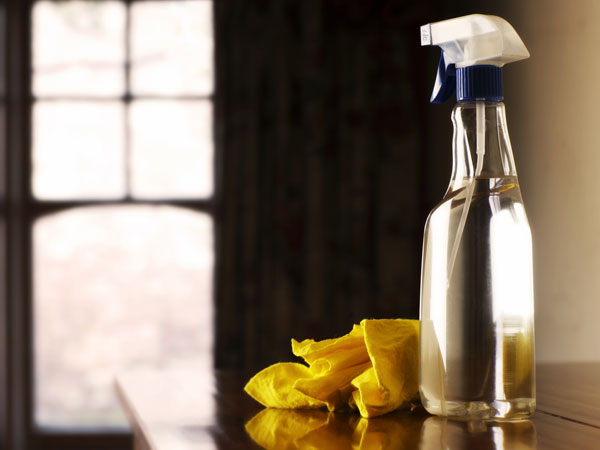


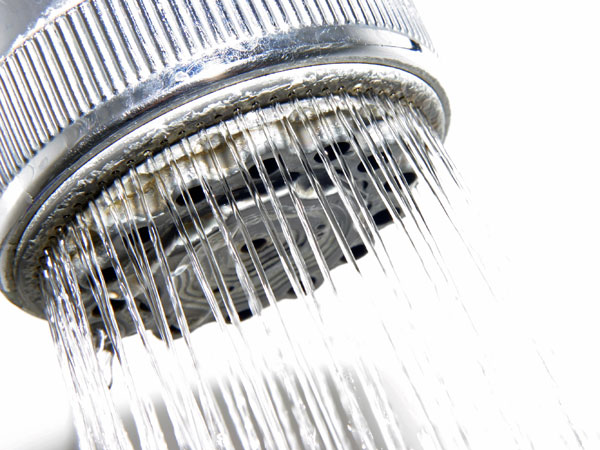
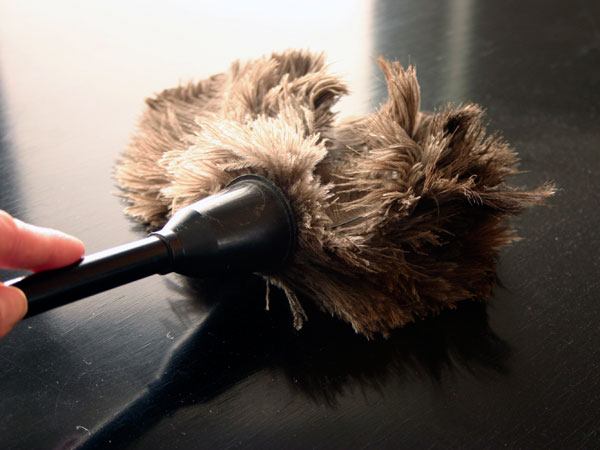
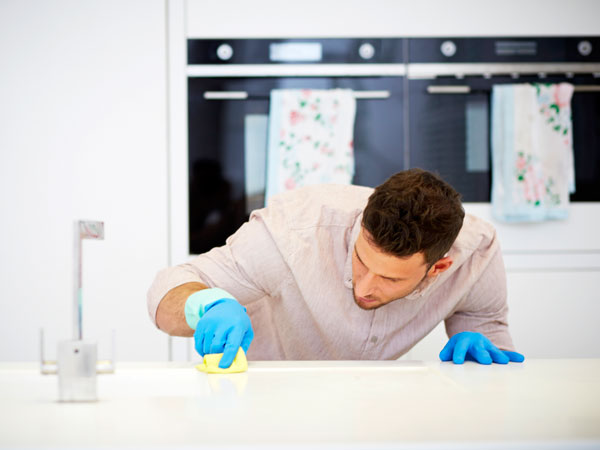
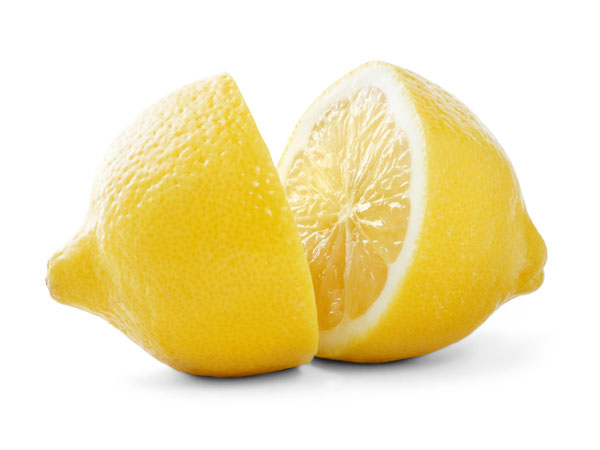
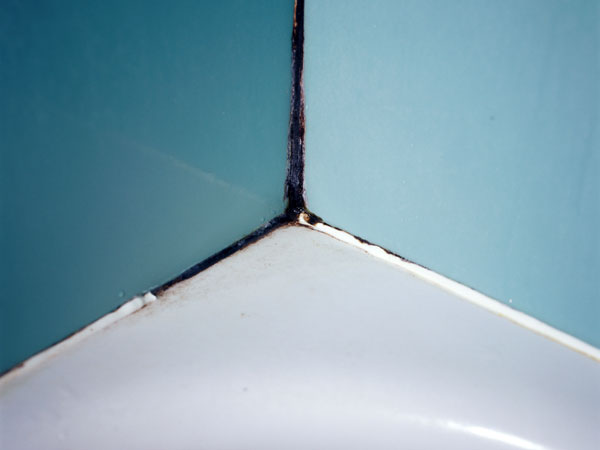
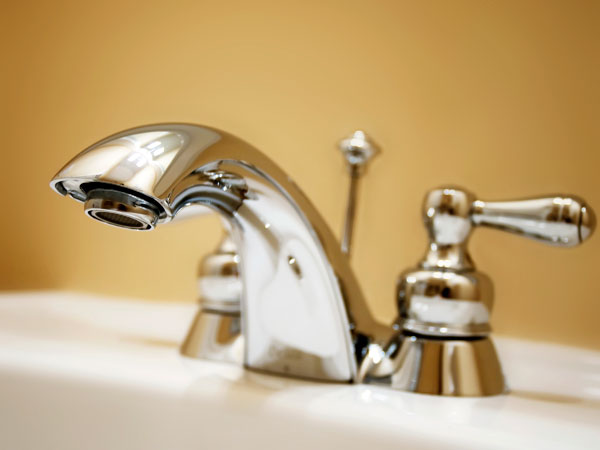
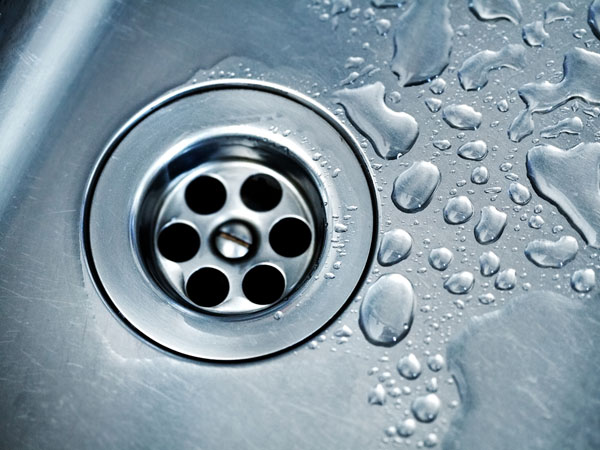

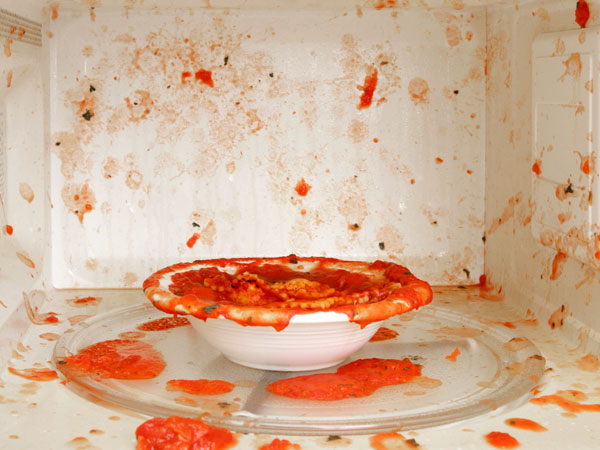
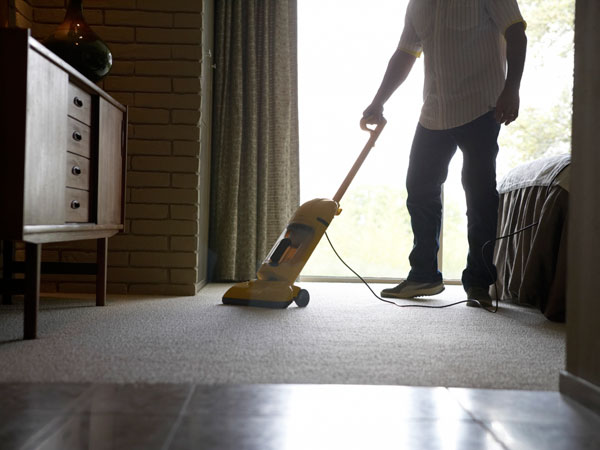
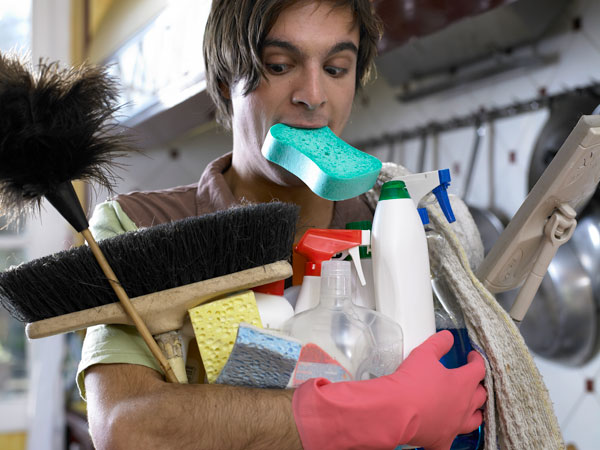
No comments:
Post a Comment